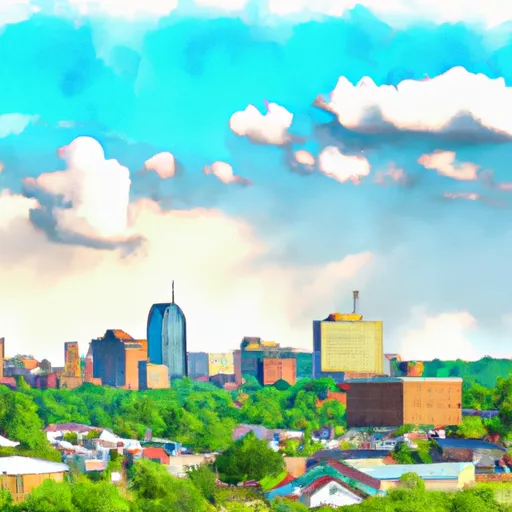°F
°F
mph
Windspeed
%
Humidity











Jenera, Ohio is a small village located in Hancock County in northwest Ohio. The climate in Jenera is classified as humid continental, characterized by hot summers and cold winters. Average temperatures range from around 30°F (-1°C) in January to approximately 75°F (24°C) in July. Precipitation is fairly evenly distributed throughout the year, with an average annual rainfall of about 36 inches (91 cm).
Jenera is not located near any major water bodies or rivers. However, the village does have a municipal water supply system that draws water from groundwater sources. The hydrology constituents of the area mainly consist of underground aquifers that provide water to the village and surrounding agricultural areas.
While Jenera is a rural village, it offers various outdoor recreation opportunities for residents and visitors. Nearby parks and natural areas provide opportunities for hiking, picnicking, and birdwatching. For those interested in fishing, there are several small ponds and lakes in the vicinity where anglers can try their luck. In addition, the rural landscape around Jenera offers scenic vistas and peaceful environments for nature enthusiasts to explore and enjoy.
Weather Forecast
Jenera receives approximately 933mm of rain per year, with humidity levels near 82% and air temperatures averaging around 10°C. Jenera has a plant hardyness factor of 6, meaning plants and agriculture in this region thrive during a short period during spring and early summer. Most plants will die off during the colder winter months.
Nearby Snowpack Depths
2
Inches
Regional Streamflow Levels
939
Cubic Feet Per Second
56
Cubic Feet Per Second
24
Cubic Feet Per Second
87
Cubic Feet Per Second
Nearby Camping
| Camping Area | Reservations | Toilets | Showers |
|---|---|---|---|
| Mary Jane Thurston State Park | |||
| Seven Lakes State Park | |||
| Groveland Oaks County Park | |||
| Appleton Lake - Brighton Rec Area | |||
| Highland State Rec Area | |||
| Proud Lake State Rec Area |



